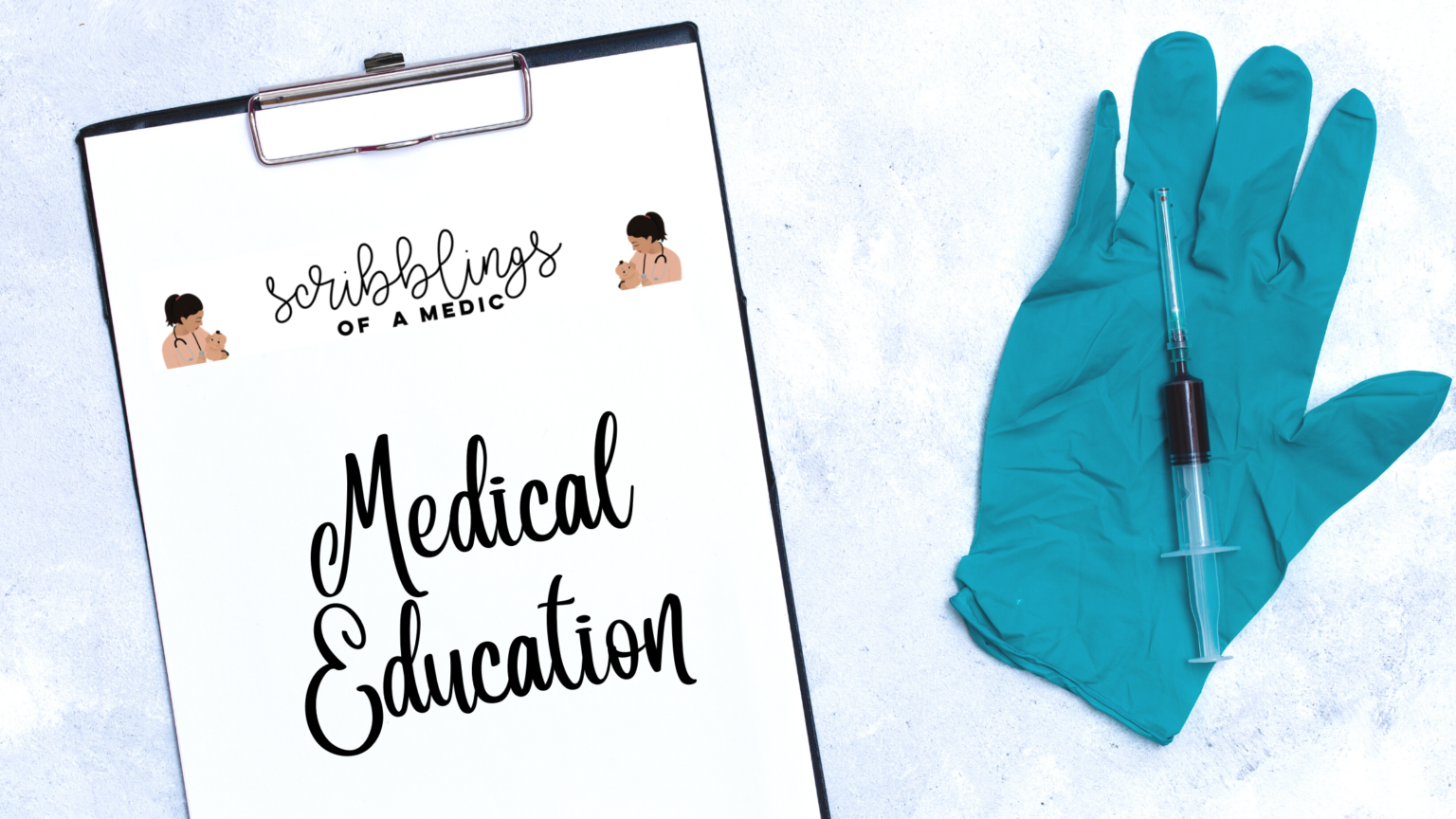Skin conditions despite very cool to look at, have not always been the most pleasant to evaluate. One of the most commonest admissions to the surgical unit especially due to the epidemic of diabetes, is a patient with an erythematous, angry looking swollen leg (may be bilateral). The immunosuppression that diabetes causes can make a simple small pin prick lead to a full blown sepsis and even death.
This is why prompt investigation and treatment is required in these patients. Diabetes control is also an important part of the management as most patients presenting in this state will exhibit poor/inadequate glycaemic control.
So what happened?
A 60 year old lady was wheeled into the surgical ward on a busy morning complaining of pain and swelling of her left leg that disabled her (she couldn’t walk anymore) for 2 days.

Risk factors for cellulitis – any form of skin barrier break down is als a risk factor.
On further questioning, the lady mentioned a gradual increase in the redness and swelling of her left leg upto her knee with a nagging fire-like pain (not sharp/severe like in a DVT). She had no previous episodes, but experienced occasional numbness in her hands and feet. She was unable to bear weight on the affected limb, and also complained of a non-healing wound over the sole of her left foot. The patient was a known diabetic and hypertensive on oral metformin, sitagliptin and enalapril. She claimed to be compliant to her medication and checked her blood glucose regularly.
On examination, the left leg was obviously oedematous from the toes to just below the knee with ill-defined erythema and associated tenderness and warmth. No obvious skin break or wound (point of entry) could be found. There was no joint limitation at the knee, but mild limitation at the ankle due to swelling and pain. The patient was also reluctant to walk. The patient had mild fever (99ºC) and was ill-looking with a heart rate of 92 bts/min and a respiratory rate of 16 breaths/min. Blood pressure was 130/80 mmHg. Rest of the general examination was normal. A diagnosis of left lower limb cellulitis was made.
So what did you do?
As the patient’s vitals were stable there was no indication for resuscitation. The patient could also tolerate orally so IV fluids were not indicated. REMEMBER do not put an IV cannula in the affected limb – especially if there is cellulitis in the arm, put it in the unaffected limb, if you see it being done, remove it immediately.
Bed rest was indicated and the affected limb (in this case the left lower limb) was raised. Oral paracetamol was commenced for the fever and discomfort. The irregular erythematous margin was marked using a marker so that the progression of the disease can be seen (important so antibiotics can be changed if the infection increases).
Blood glucose was found to be elevated at 160 mg/dl. Full blood count showed a raised white blood cell count of 18,000/mm³ and low haemoglobin of 10 g/dl. CRP was also raised. All other investigations (S.Cr, Urea, electrolytes and liver function tests) were normal. An input/output chart and blood glucose monitoring was also done. Wound swab cultures can be taken if required (but due to unavailability this was not done in this case).
Internationally, flucloxacillin was started as it is the drug of choice for management of superficial skin infections (cause by gram positive bacteria). Oral antibiotics can be given for uncomplicated cellulitis, IV if more severe. According to the Sri Lankan National Antibiotic Guidelines, oral cephalexin or oral cloxacillin/flucloxacillin is indicated for uncomplicated cellulitis whilst IV benzylpenicillin +/- cloxacillin/flucloxacillin is given for complicated cellulitis. If allergic to penicilin, clindamycin can be commenced.
Remember to continue the patients regular medication if there is no concern or need to increase/decrease the dosage.
Cellulitis facts
- Cellulitis is an infection of the superficial layers of the skin, unaffecting the deeper structures (erysipelas is a variant of cellulitis mainly in the face due to the bacteria streptococcus and is well-demarcated).
- Deep vein thrombosis must be ruled out.
- Common causative agents are gram positive bacteria – strep. pyogenes and staph. aureus.
- In rare instances, cellulitis can be bilateral.
- In severe cases, there can be associated lymphangitis and systemic features like headache and malaise.
- Remember animal bites can cause cellulitis so remember to find the cause and if so, vaccinate for rabies. Vaccinate for tetanus also if required.
- Previous antibiotic use may result in resistant organisms.
- Recurrent cellulitis is predisposed if lower limb oedema, lymphoedema, dermatitis and tinea pedis. They should be managed, but if more than 3-4 episodes a year then prophylaxis can be started with an antibiotics.
Hope this summary helps you manage one of the most common surgical admissions! Remember there are many differentials like deep vein thrombosis and necrotizing fascitis, so do rule them all out.





